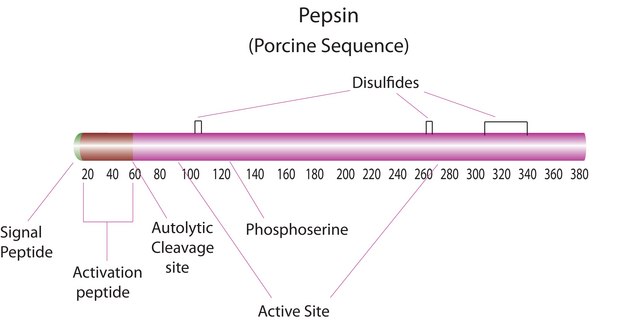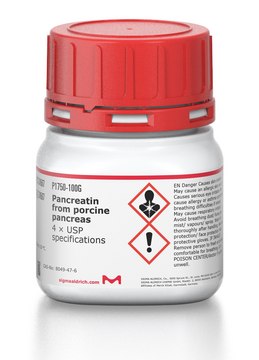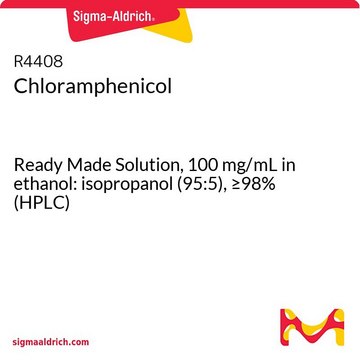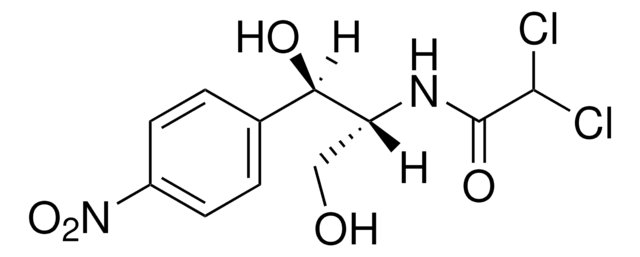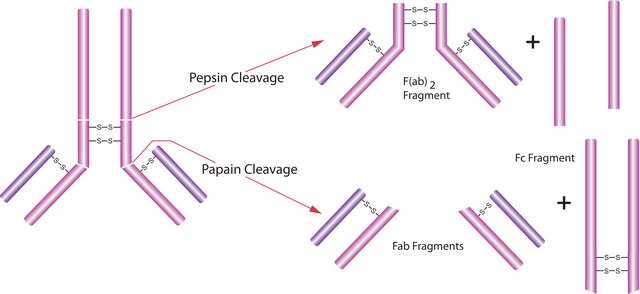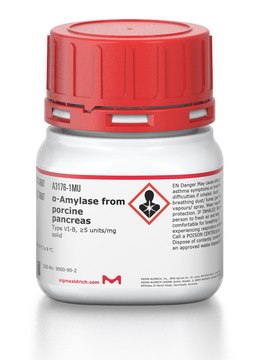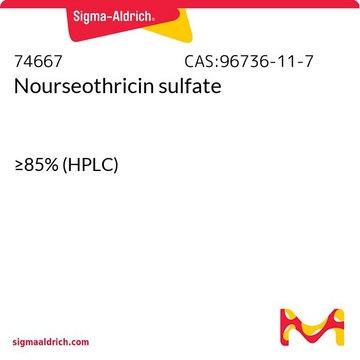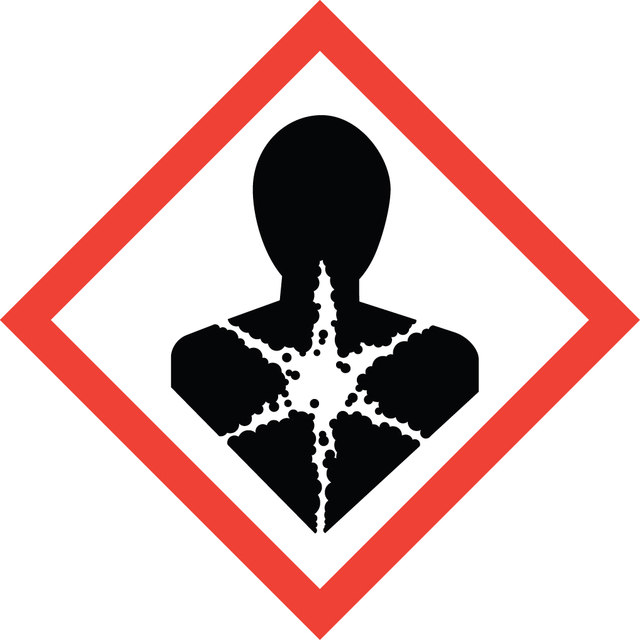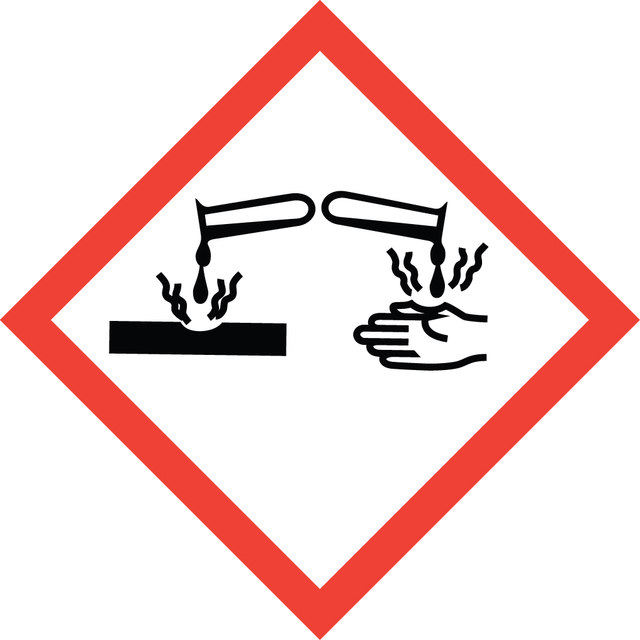Key Documents
Safety Information
23276
Chloramphenicol
tested according to Ph. Eur.
Synonym(s):
Chloramphenicolum, D-(−)-threo-2,2-Dichloro-N-[β-hydroxy-α-(hydroxymethyl)-β-(4-nitrophenyl)ethyl]acetamide, D-(−)-threo-2-Dichloroacetamido-1-(4-nitrophenyl)-1,3-propanediol, D-threo-2,2-Dichloro-N-[β-hydroxy-α-(hydroxymethyl)-4-nitrophenethyl]acetamide, Chloromycetin
Select a Size
Select a Size
About This Item
Recommended Products
Agency
USP/NF
tested according to Ph. Eur.
Assay
98.6% dry basis
form
crystalline
mp
149-153 °C (lit.)
solubility
acetone: very soluble
ethanol: very soluble
ethyl acetate: very soluble
methanol: very soluble
antibiotic activity spectrum
viruses
Mode of action
protein synthesis | interferes
SMILES string
OC[C@@H](NC(=O)C(Cl)Cl)[C@H](O)c1ccc(cc1)[N+]([O-])=O
InChI
1S/C11H12Cl2N2O5/c12-10(13)11(18)14-8(5-16)9(17)6-1-3-7(4-2-6)15(19)20/h1-4,8-10,16-17H,5H2,(H,14,18)/t8-,9-/m1/s1
InChI key
WIIZWVCIJKGZOK-RKDXNWHRSA-N
Looking for similar products? Visit Product Comparison Guide
1 of 4
This Item | H7006 | H3662 | H8651 |
|---|---|---|---|
| assay ≥99.0% | assay ≥99.0% (titration) | assay - | assay ≥99.0% (titration) |
| grade BioPerformance Certified | grade - | grade - | grade - |
| technique(s) activity assay: suitable, cell culture | mammalian: suitable | technique(s) HPLC: suitable | technique(s) cell culture | mammalian: suitable | technique(s) - |
| Quality Level 400 | Quality Level 400 | Quality Level 200 | Quality Level - |
| form powder | form powder | form solution | form powder |
| application(s) cell analysis | application(s) diagnostic assay manufacturing | application(s) - | application(s) diagnostic assay manufacturing |
General description
Application
Biochem/physiol Actions
Mode of Resistance: Use of chloramphenicol acetyltransferase will acetylate the product and inactivate it.
Antimicrobial Spectrum: This is a broad spectrum antibiotic against gram-positive and gram-negative bacteria, and is used mainly for ophthalmic and veterinary purposes.
Caution
Preparation Note
Signal Word
Danger
Hazard Statements
Precautionary Statements
Hazard Classifications
Carc. 2 - Eye Dam. 1 - Repr. 2
Storage Class Code
11 - Combustible Solids
WGK
WGK 3
Personal Protective Equipment
Regulatory Information
Choose from one of the most recent versions:
Certificates of Analysis (COA)
Don't see the Right Version?
If you require a particular version, you can look up a specific certificate by the Lot or Batch number.
Already Own This Product?
Find documentation for the products that you have recently purchased in the Document Library.
Our team of scientists has experience in all areas of research including Life Science, Material Science, Chemical Synthesis, Chromatography, Analytical and many others.
Contact Technical Service